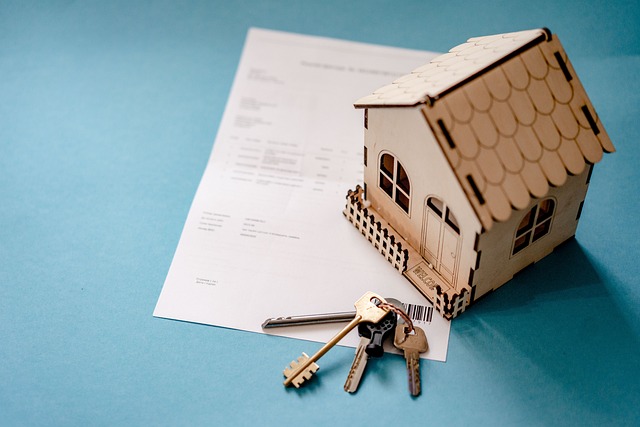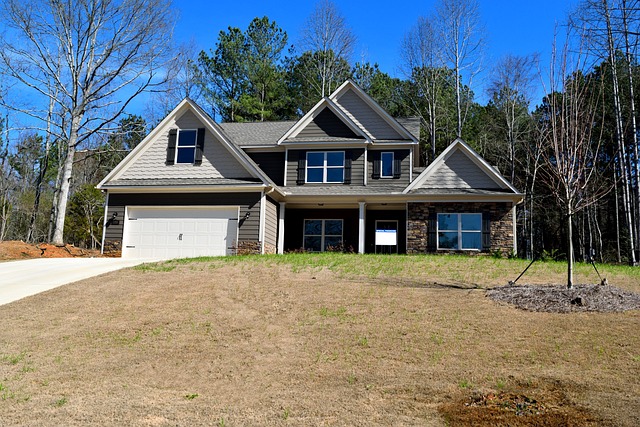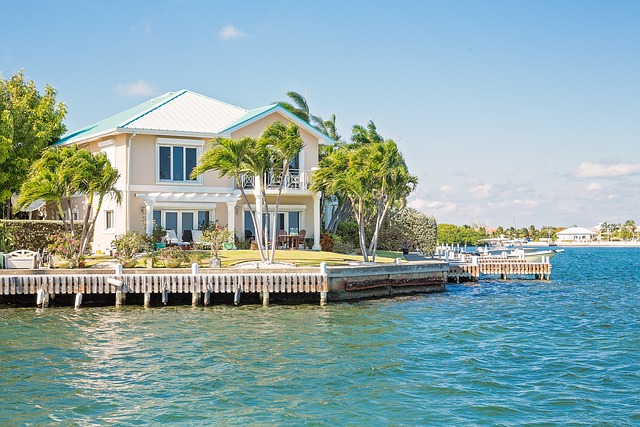When considering the purchase of a second property in Singapore, it's essential to understand the local regulatory environment, which includes stringent guidelines from authorities like the Singapore Land Authority (SLA) and the Urban Redevelopment Authority (URA). The Additional Buyer's Stamp Duty (ABSD) is a significant factor for buyers to consider, with higher rates applying for subsequent properties. This duty aims to prevent market overheating by discouraging speculative buying. The Monetary Authority of Singapore (MAS) enforces Loan-to-Value (LTV) and Total Debt Servicing Ratio (TDSR) limits to ensure prudent borrowing. These financial regulations are critical in maintaining market stability and individual financial health. Buyers must scrutinize their financial situation, including assets, liabilities, and potential rental income, while adhering to ABSD rates and LTV restrictions. A strategic approach might involve leveraging equity from existing properties to minimize upfront costs. It's also crucial to conduct a thorough cost analysis that accounts for purchase expenses, maintenance, taxes, and potential vacancies. Expert advice is recommended to navigate the complex system and ensure compliance with local laws while pursuing investment goals in Singapore's dynamic property market.
Considering the strategic position of Singapore as a global financial hub, and its status as one of the world’s most sought-after locations for property investment, this article offers a comprehensive guide on navigating the nuances of buying a second property here. We delve into the unique landscape that shapes real estate acquisitions in the Lion City, elucidate key financial strategies to optimize your investment, and provide an exhaustive overview of the legal and regulatory framework governing multiple property ownerships. Whether you’re looking to expand your portfolio or secure a haven for the future, this guide serves as an indispensable resource for anyone interested in Buying Second Property In Singapore.
- Understanding the Landscape of Buying a Second Property in Singapore
- Financial Considerations and Strategies for Your Second Home Investment
- Legal and Regulatory Framework for Owning More Than One Property in Singapore
Understanding the Landscape of Buying a Second Property in Singapore

When considering the acquisition of a second property in Singapore, it’s crucial to navigate the unique real estate landscape that characterizes this dynamic city-state. The Singaporean property market is known for its resilience and consistent growth, making it an attractive investment opportunity for both local and foreign investors. Prospective buyers should familiarize themselves with the property types available, from condominiums to landed properties, each with its own set of regulations and appeal.
Understanding the nuances of property taxes, additional buyer’s stamp duty (ABSD), and loan-to-value (LTV) requirements is essential for a strategic investment approach. The Singaporean government imposes varying ABSD rates on different categories of property buyers, which can significantly impact the cost of purchasing a second property. Furthermore, potential investors must consider the Total Debt Servicing Ratio (TDSR) framework and the Mortgage Servicing Ratio (MSR), which are in place to ensure that individuals do not overextend themselves financially. By thoroughly assessing these factors alongside market trends and personal financial readiness, buyers can make informed decisions when buying a second property in Singapore, aiming to optimize both their investment potential and compliance with local regulations.
Financial Considerations and Strategies for Your Second Home Investment

When considering the purchase of a second property in Singapore, it’s imperative to evaluate your financial position thoroughly. This includes assessing your current assets, understanding your existing mortgage obligations, and projecting potential income from renting out your new acquisition. A key financial consideration is the Additional Buyer’s Stamp Duty (ABSD) and the Loan-to-Value (LTV) limits, which are designed to curb speculative buying and maintain a stable property market. Prospective buyers should also consider the total debt servicing ratio (TDSR) framework, which ensures that monthly mortgage payments do not exceed a significant portion of your income.
Strategically planning your finances involves more than just understanding these regulations; it’s about maximizing your returns and aligning your investment with long-term financial goals. One effective strategy is to leverage on equity from the sale or refinancing of your existing property to fund the purchase of the second home. This approach can minimize immediate outlays and potentially reduce interest costs over time. Additionally, it’s wise to conduct a comprehensive cost analysis that includes acquisition costs, maintenance fees, property taxes, and potential vacancy periods. By carefully planning and managing these financial aspects, investors can position themselves for successful second home investments in the vibrant Singapore property market. Buying Second Property In Singapore requires a well-thought-out financial strategy to navigate the nuances of the local real estate landscape effectively.
Legal and Regulatory Framework for Owning More Than One Property in Singapore

When considering the acquisition of a second property in Singapore, it is imperative to navigate the comprehensive legal and regulatory framework established by the government to ensure responsible property ownership. The Singapore Land Authority (SLA) and the Urban Redevelopment Authority (URA) are key agencies regulating land use and property development within the city-state, setting out guidelines that govern the types of properties individuals can own. For instance, the Additional Buyer’s Stamp Duty (ABSD) is a tax imposed on individuals purchasing their second residential property, which aims to cool down demand and prevent speculative buying. The ABSD rates escalate progressively for each additional property purchase, serving as a deterrent against over-leveraging.
Furthermore, the Monetary Authority of Singapore (MAS) plays a pivotal role in controlling the flow of credit into the property market by imposing Loan-to-Value (LTV) limits and Total Debt Servicing Ratio (TDSR) regulations to ensure that individuals’ borrowing is prudent and sustainable. These measures are crucial for maintaining financial stability and preventing a real estate bubble. Prospective buyers must also consider the Total Debt Servicing Ratio (TDSR) framework, which assesses an individual’s ability to service all types of outstanding debt, including new home loans. It is advisable to consult with financial and legal experts to fully understand these regulations and how they impact your eligibility for a second property purchase in Singapore. Adhering to these guidelines is not only legally mandated but also ensures that your investment aligns with the broader economic and housing policies of the country.
When considering the acquisition of a second property in Singapore, prospective buyers should be well-informed about the local market dynamics, financial implications, and legal frameworks governing such investments. This article has outlined the key considerations necessary to navigate the landscape of buying a second property effectively. By understanding the financial strategies for your second home investment and adhering to the legal and regulatory guidelines, you can make informed decisions that align with your long-term financial goals. Buying a second property in Singapore is a significant step, but with careful planning and due diligence, it can be a rewarding venture that complements your lifestyle and investment portfolio.
